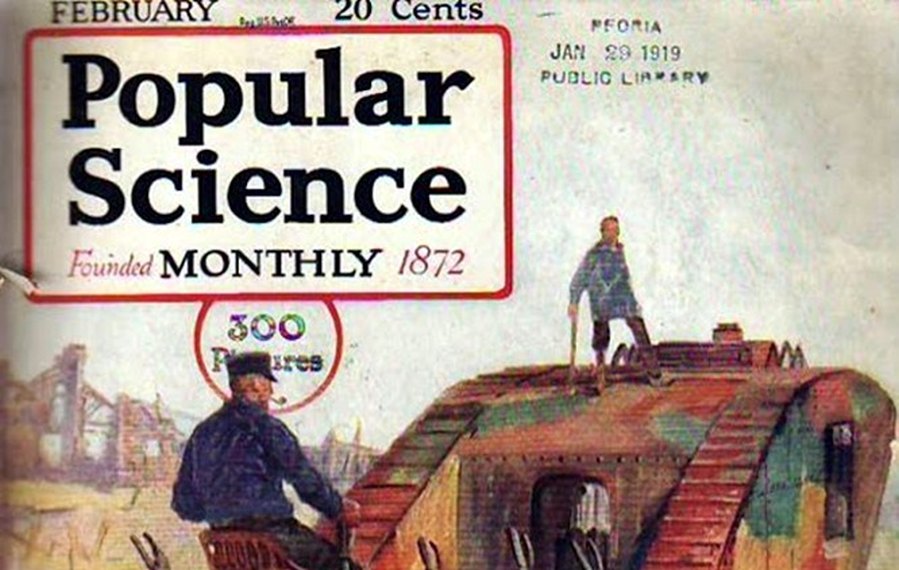Popular Science discontinues print magazine after 151 years, marking the end of an era

After an incredible 151-year journey, Popular Science, the iconic science and technology magazine, is bidding farewell to its print edition and embracing a fully digital future. The decision marks the end of an era for the magazine, which has been instrumental in shaping public understanding of science and technology for generations.
Founded in 1872 as a monthly magazine for the general public, Popular Science has covered a wide array of topics, including science, technology, engineering, and mathematics (STEM). Its focus has been on both informing and entertaining readers with the latest advancements and innovations. The magazine has become renowned for its hands-on DIY projects, offering readers opportunities to learn new skills and unleash their creativity.
The first all-digital issue was published in 2021, and the brand will now shift its content strategy beyond the digital magazine to encompass news, commerce, video, and other initiatives that align with Popular Science’s mission.
According to Cathy Hebert, the communications director for Recurrent Ventures, the owner of Popular Science, the move away from the magazine format is a necessity for the outlet to “evolve” in response to changing consumer trends. In a statement, Hebert told The Verge:
“PopSci is a phenomenal brand, and as consumer trends shift it’s important we prioritize investment in new formats. We believe that the content strategy has to evolve beyond the digital magazine product. A combination of its news team, along with commerce, video, and other initiatives, will produce content that naturally aligns with PopSci’s mission.”
The decision to discontinue the print publication has drawn frustration and disappointment, as expressed by former PopSci editor Purbita Saha, who highlighted the abrupt nature of the decision. This move follows a trend of recent layoffs in the science journalism field, with other publications also facing editorial cutbacks.
In a post on LinkedIn, Saha said she’s “frustrated, incensed, and appalled that the owners shut down a pioneering publication that’s adapted to 151 years worth of changes in the space of a five-minute Zoom call.” Layoffs have impacted journalists on the science beat particularly hard in recent weeks. National Geographic cut the remainder of the magazine’s editorial staff in June, followed by Gizmodo laying off its last climate reporter, and CNBC shuttering its climate desk last week.
Popular Science’s shift to a quarterly print publication in 2020 was prompted by declining advertising revenue and the rise of digital media. However, the complete transition to a digital-only platform in 2023 reflects the magazine’s commitment to adapting to the evolving media landscape. The company believes that a fully digital platform will not only reach a broader audience but also provide a more immersive and interactive experience for readers.
Despite bidding farewell to its print era, Popular Science said it remains dedicated to its mission of inspiring and informing. The move to digital opens up new possibilities for expanded reach, innovative storytelling formats, and interactive experiences that enhance engagement with science.
While the physical magazine may no longer grace newsstands, Popular Science’s essence lives on in the digital realm. Although the decision to cease print publication may evoke mixed emotions, it signifies a new chapter for Popular Science, ensuring its continued mission of inspiring and informing readers about the latest in science and technology. With a focus on digital storytelling and interactive experiences, Popular Science is poised to thrive in the dynamic landscape of modern media.

